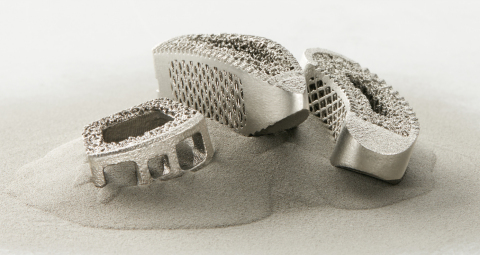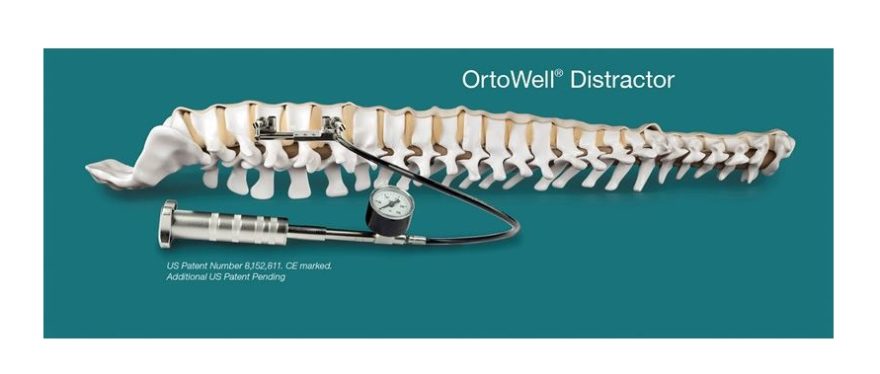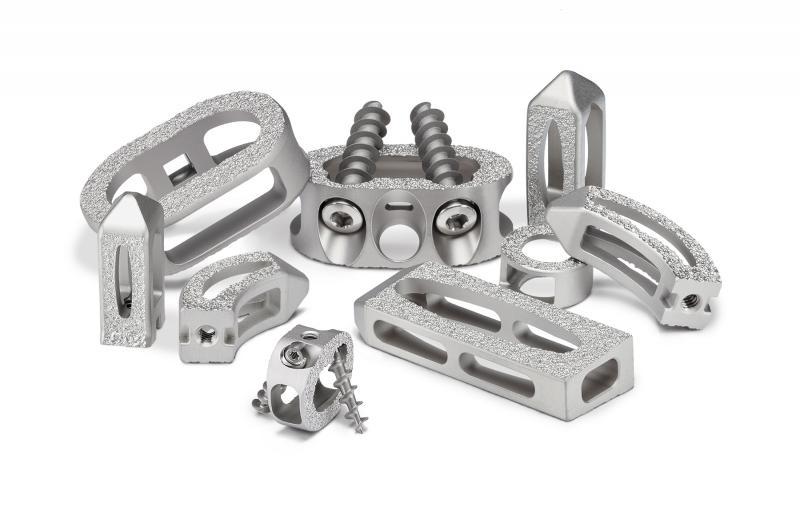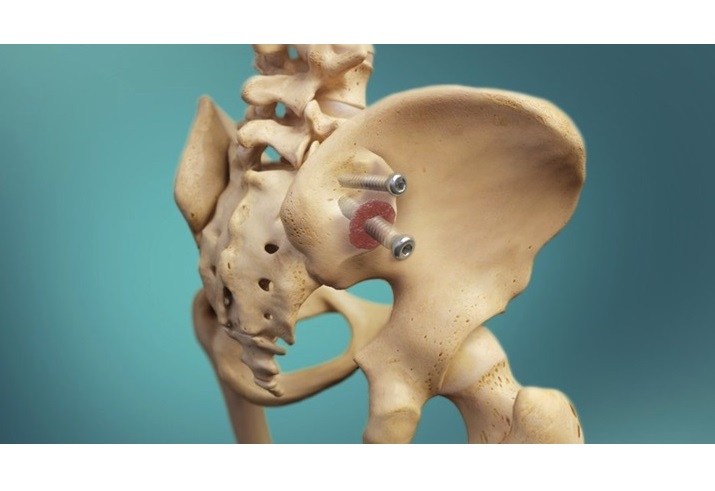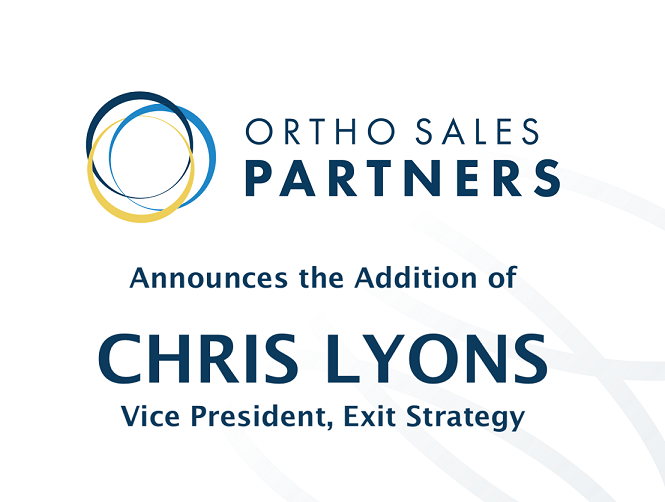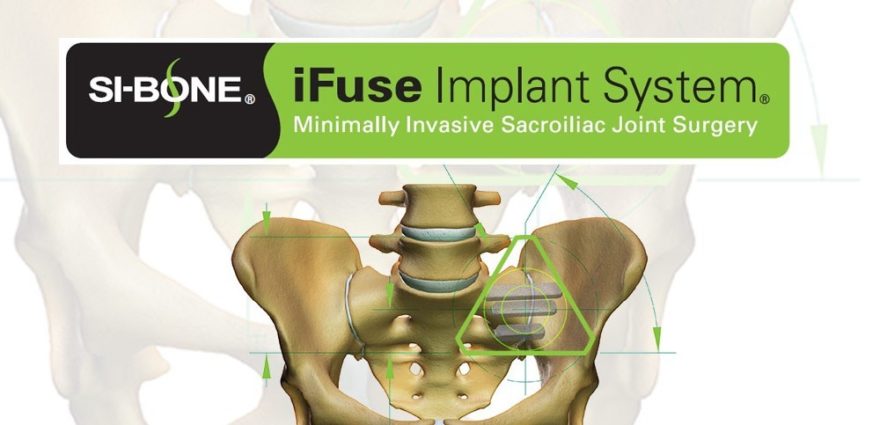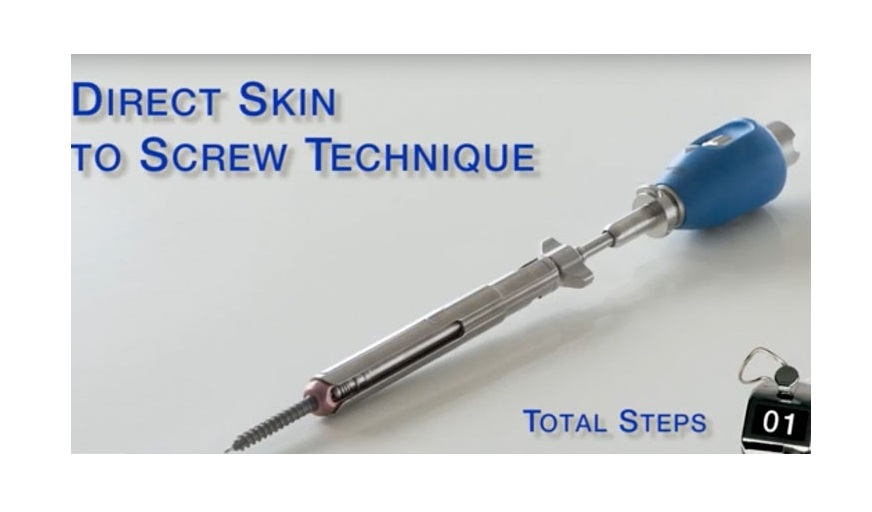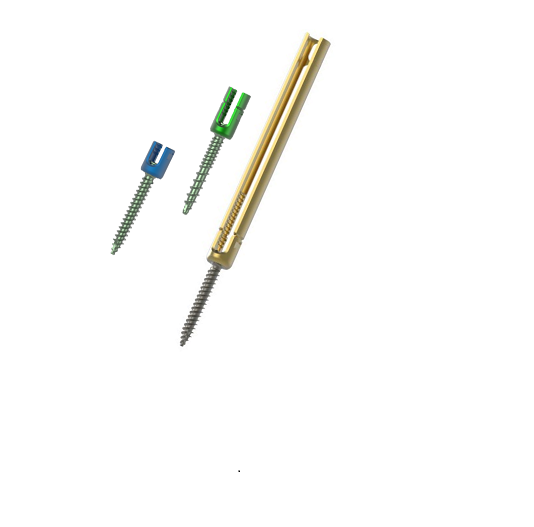MEQUON, Wis.–(BUSINESS WIRE)–Titan Spine®, a medical device surface technology company focused on developing innovative spinal interbody fusion implants, today announced that a review of research supporting its nanoLOCK® surface technology has been published in the journal SPINE. nanoLOCK® is the company’s next-generation surface technology featuring enhanced micro and nano-scaled architecture, proven to significantly improve the osteogenic response it creates.1 It is the only technology with an FDA-nano-clearance and the only technology with a Centers for Medicare & Medicaid Services (CMS) new technology category designation for a nanotechnology surface.
The supplement article, “Spine Implant Surface Technology State of the Art: Separating Fact from Fiction,” authored by Titan Spine® Chief Medical Officer Paul J. Slosar, M.D., reviews the distinctive differences demonstrated among various types of spinal implant surface technologies, including those developed through additive (coating/3D printing) methods, subtractive methods, and of various materials including polyetheretherketone (PEEK), titanium and combination plasma-sprayed materials.
The review of research shows that the Company’s titanium nanotextured (10–9m) surface, engineered through a proprietary subtractive process, directly interacts with cells on a molecular level to generate specific cellular responses to drive bone production that porous or micron-scale (10–6m) implant surfaces cannot. Furthermore, it shows that the combination of the implant material and the nano-scale surface is critical to the ability to stimulate bone formation.
Dr. Slosar commented, “There has been a substantial increase in the promotion of surface-enhanced interbody devices over the past few years, most of which are backed by unsubstantiated marketing claims rather than by science. I felt the time was right to review the previously-published studies that point to one irrefutable fact – the only way to communicate to a patient’s cells in a meaningful way to drive bone growth is to combine titanium and the correct nano-architecture that only Titan Spine’s nanoLOCK®surface possesses. We are just now starting to produce clinical outcome data to determine if faster patient healing can be tied to the in-vitro findings summarized in this most-recent article. We look forward to publishing the data in the near future.”
The Company will be available to discuss these results at Titan Spine® Booth #401 during the 2018 International Society for the Advancement of Spine Surgery (ISASS) Annual Meeting, being held April 11 – 13 in Toronto, Canada.
Titan Spine® offers a full line of Endoskeleton® titanium implants that feature its proprietary nanoLOCK® surface technology, which was launched in the U.S. in October 2016 following FDA clearance in late 2014. The nanoLOCK® surface technology consists of a unique combination of roughened topographies at the macro, micro, and nano levels (MMN™). This unique combination of surface topographies is designed to create an optimal host-bone response and actively participate in the fusion process by promoting the upregulation of osteogenic and angiogenic factors necessary for bone growth, encouraging natural production of bone morphogenetic proteins (BMPs), downregulating inflammatory factors, and creating the potential for a faster and more robust fusion.2,3,4 All Endoskeleton® devices are covered by the company’s risk share warranty.
About Titan Spine®
Titan Spine®, LLC is a surface technology company focused on the design and manufacture of interbody fusion devices for the spine. The company is committed to advancing the science of surface engineering to enhance the treatment of various pathologies of the spine that require fusion. Titan Spine®, located in Mequon, Wisconsin and Laichingen, Germany, markets a full line of Endoskeleton® interbody devices featuring its proprietary textured surface in the U.S., portions of Europe, and Australia through its sales force and a network of independent distributors. To learn more, visit www.titanspine.com.
1 Olivares-Navarrete, R., Hyzy S.L., Gittens, R.A., Berg, M.E., Schneider, J.M., Hotchkiss, K., Schwartz, Z., Boyan, B. D. Osteoblast lineage cells can discriminate microscale topographic features on titanium-aluminum-vanadium surfaces. Ann Biomed Eng. 2014 Dec; 42 (12): 2551-61.
2 Olivares-Navarrete, R., Hyzy, S.L., Slosar, P.J., Schneider, J.M., Schwartz, Z., and Boyan, B.D. (2015). Implant materials generate different peri-implant inflammatory factors: PEEK promotes fibrosis and micro-textured titanium promotes osteogenic factors. Spine, Volume 40, Issue 6, 399–404.
3 Olivares-Navarrete, R., Gittens, R.A., Schneider, J.M., Hyzy, S.L., Haithcock, D.A., Ullrich, P.F., Schwartz, Z., Boyan, B.D. (2012). Osteoblasts exhibit a more differentiated phenotype and increased bone morphogenetic production on titanium alloy substrates than poly-ether-ether-ketone. The Spine Journal, 12, 265-272.
4 Olivares-Navarrete, R., Hyzy, S.L., Gittens, R.A., Schneider, J.M., Haithcock, D.A., Ullrich, P.F., Slosar, P. J., Schwartz, Z., Boyan, B.D. (2013). Rough titanium alloys regulate osteoblast production of angiogenic factors. The Spine Journal, 13, 1563-1570.

